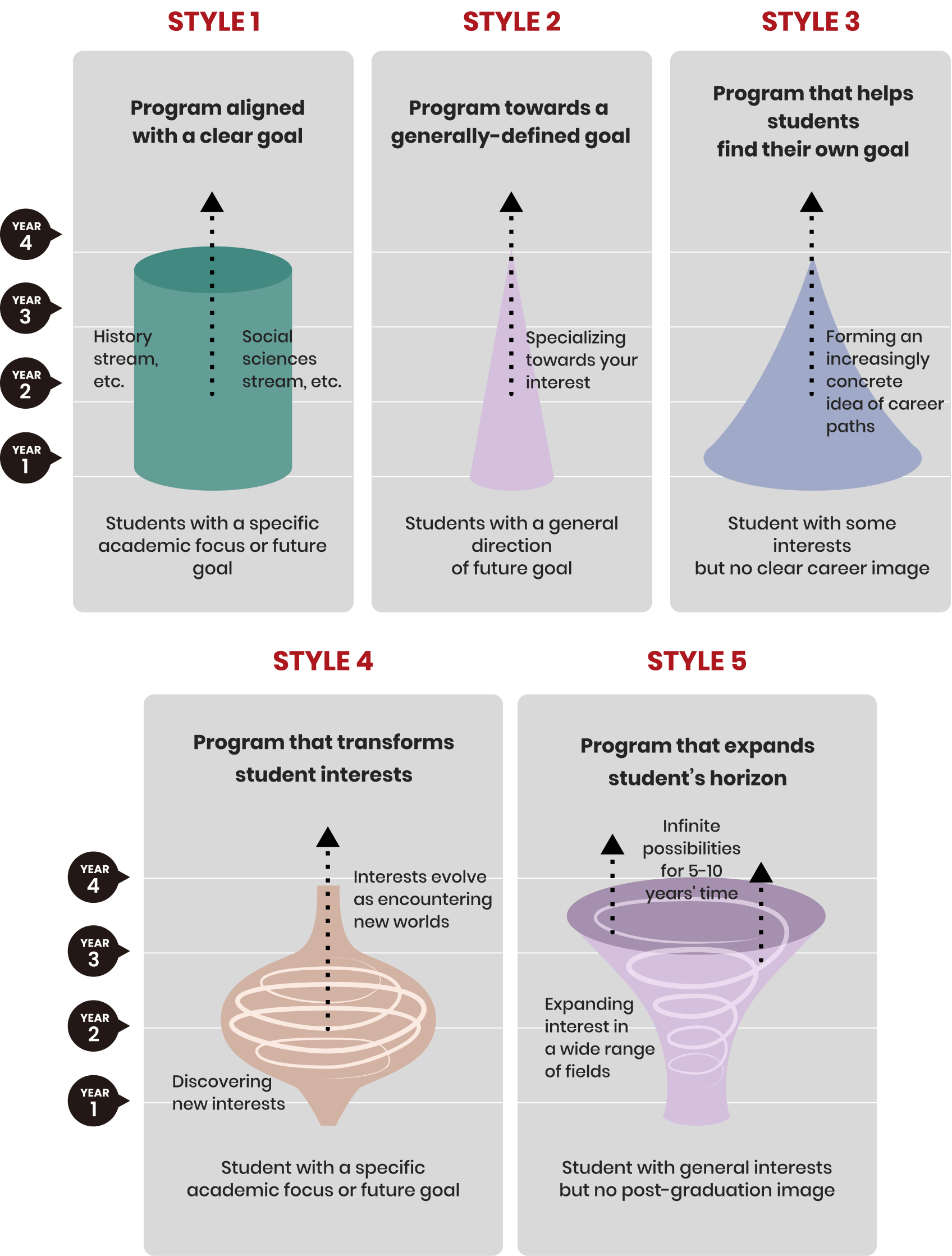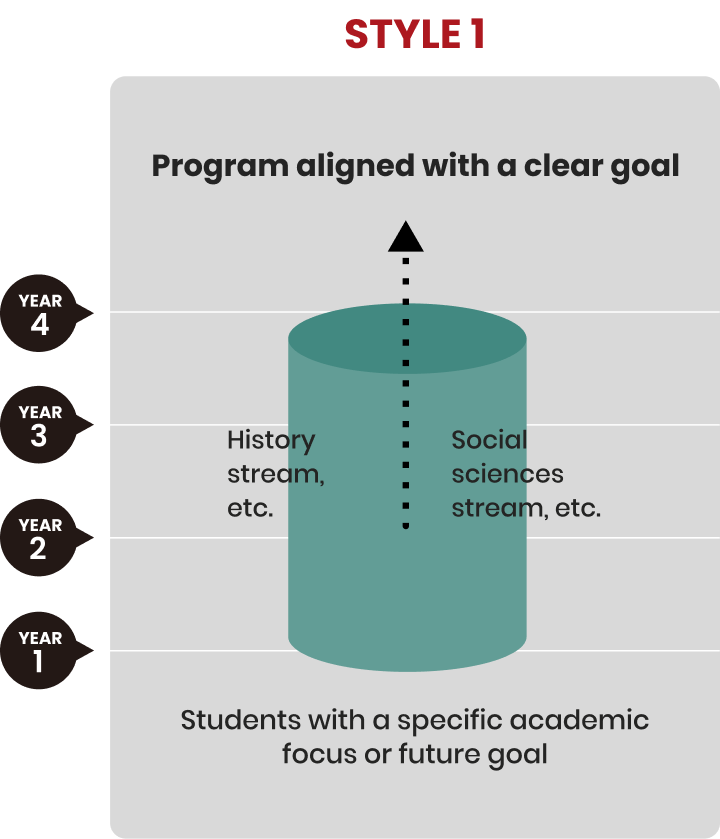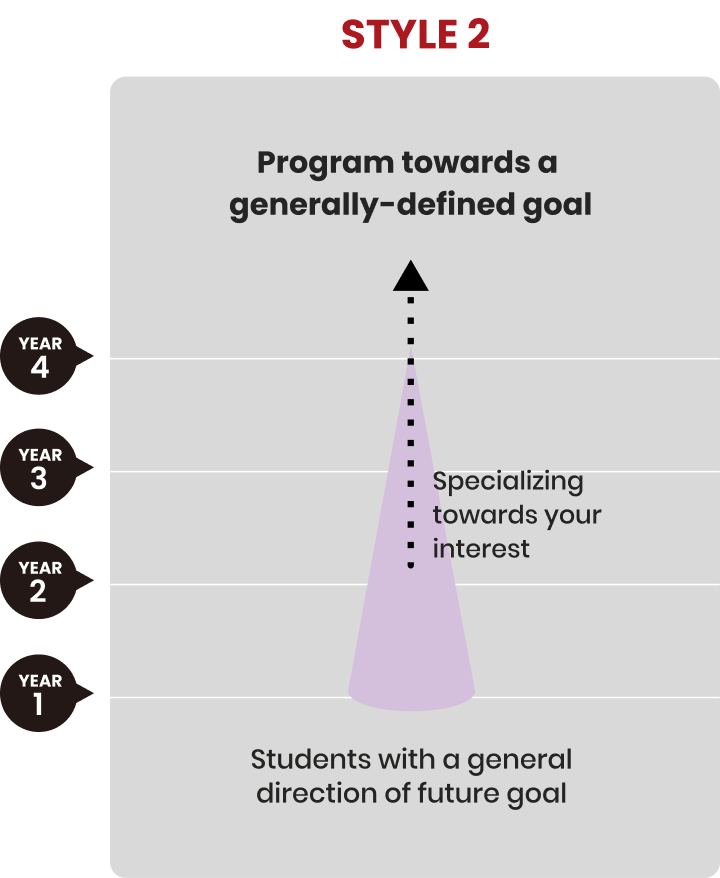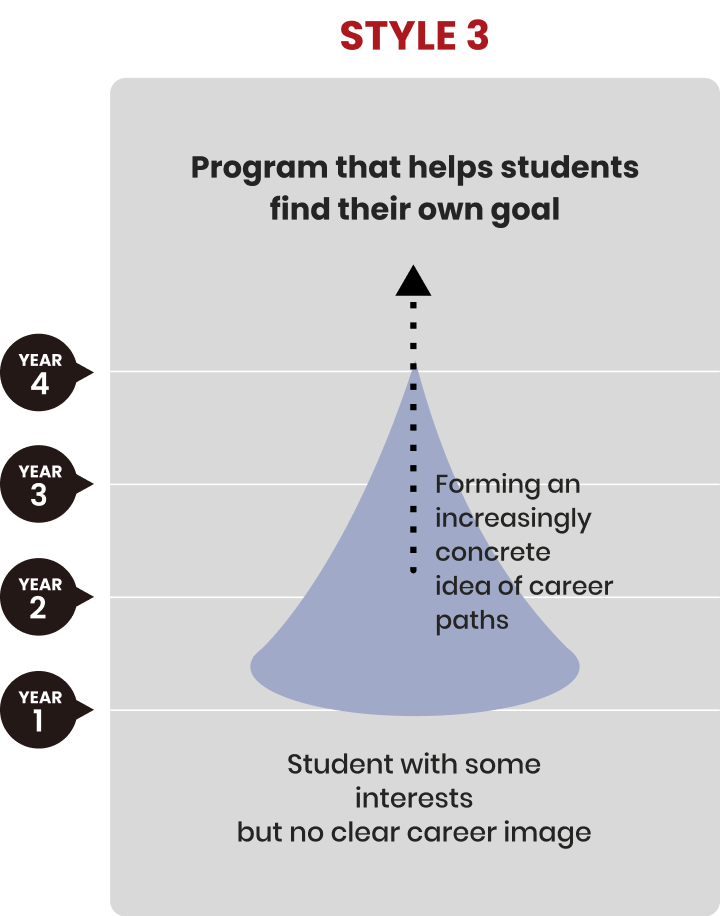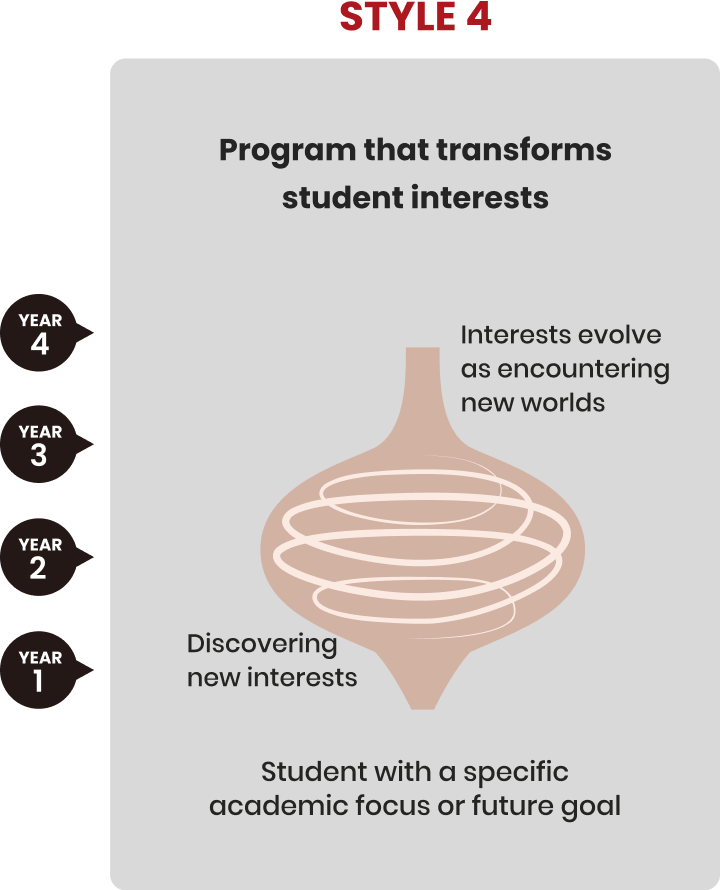About GLA
Features

Introduction to College of
Global Liberal Arts
This is an introductory video of the GLA based on some interviews with 5 students. This video introduces the appeal and features of GLA.
(Duration: approx.7min. / Audio: English / Subtitle: Japanese / Produced in 2021)
Dual degree program with ANU
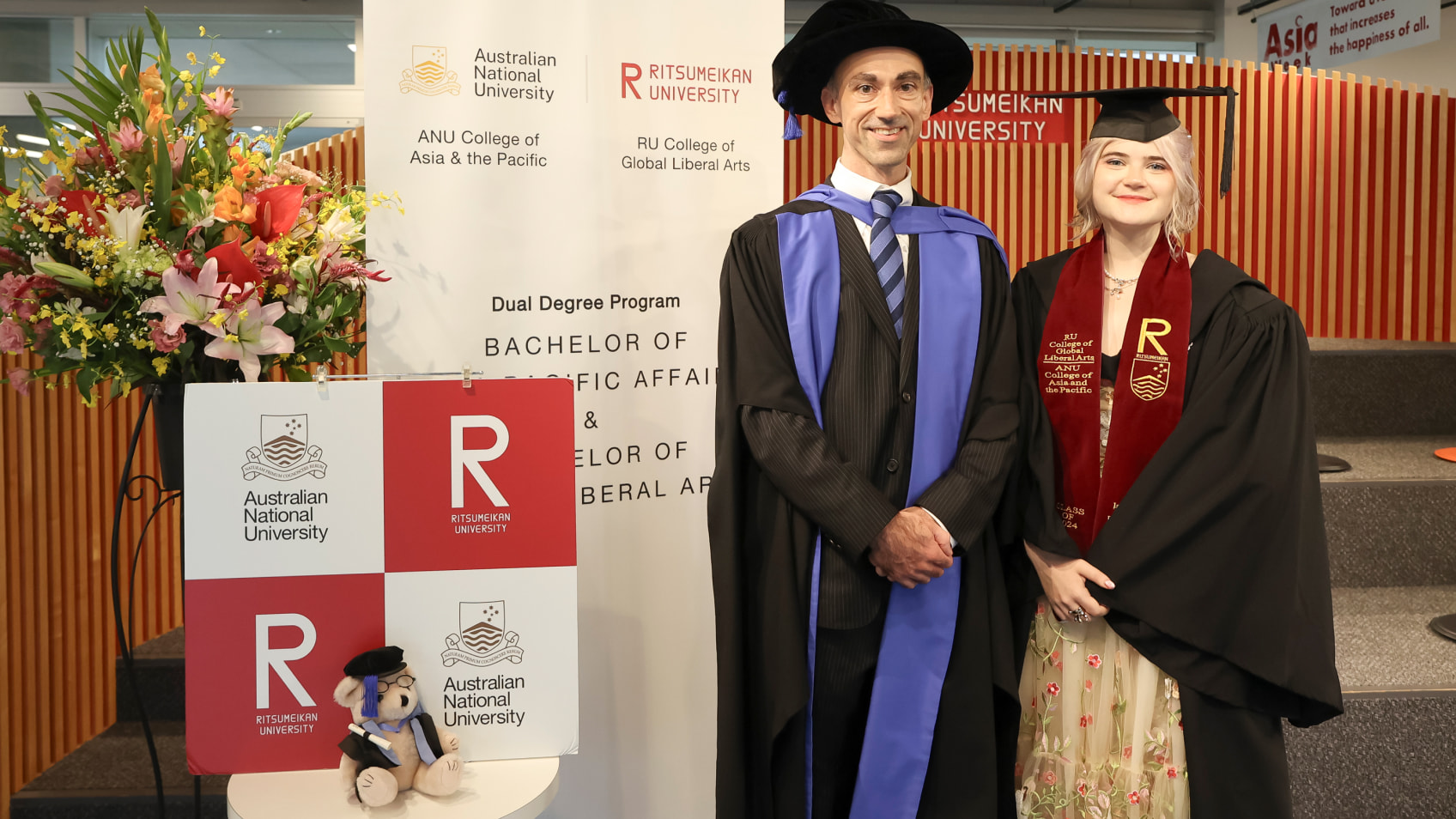
The College of Global Liberal Arts (GLA) at Ritsumeikan University (RU) has partnered with the ANU College of Asia and the Pacific at the Australian National University (ANU) to offer a truly international learning experience through a dual degree program* – Bachelor of Global Liberal Arts and Bachelor of Asia Pacific Affairs.
In Japan, students will study the liberal arts, with a focus on becoming proactive members of global society in the twenty-first century. In Australia, they will study International Relations and its related fields and deepen their knowledge of the Asia-Pacific region. Studying at two different institutions will bring different perspectives, opportunities, and expectations that will provide students with more career options in the future.
- ANU TEQSA Provider ID: PRV12002 (Australian University) | ANU CRICOS Provider Code: 00120C
3 Yeas at RU in Japan + 1
Year at ANU in Australia
In this 4-year program, students spend 3 years in total at the Osaka Ibaraki Campus (OIC) of RU in Japan and 1 year studying abroad at the Acton Campus of ANU in Canberra, Australia. Students will have an opportunity to learn from ANU faculty members at OIC before they go abroad to ANU. Upon their return to RU, they will continue taking ANU courses at OIC to complete their studies in Global Liberal Arts and Asia-Pacific Affairs. To be eligible to take the ANU courses, students must take the admission evaluation conducted by ANU.

Graduate with 2 degrees
from 2 universities
Typically, students must earn a minimum of 124 credits to be awarded the RU degree and 192 units to be awarded the ANU degree. However, under the agreement between the two universities in the dual degree program, 64 credits transferred from RU courses are recognized as 96 units at ANU, and 96 units transferred from ANU courses are recognized as 60 credits at RU. This arrangement allows students to obtain both degrees in four years by completing 64 credits of RU courses and 96 units of ANU courses.
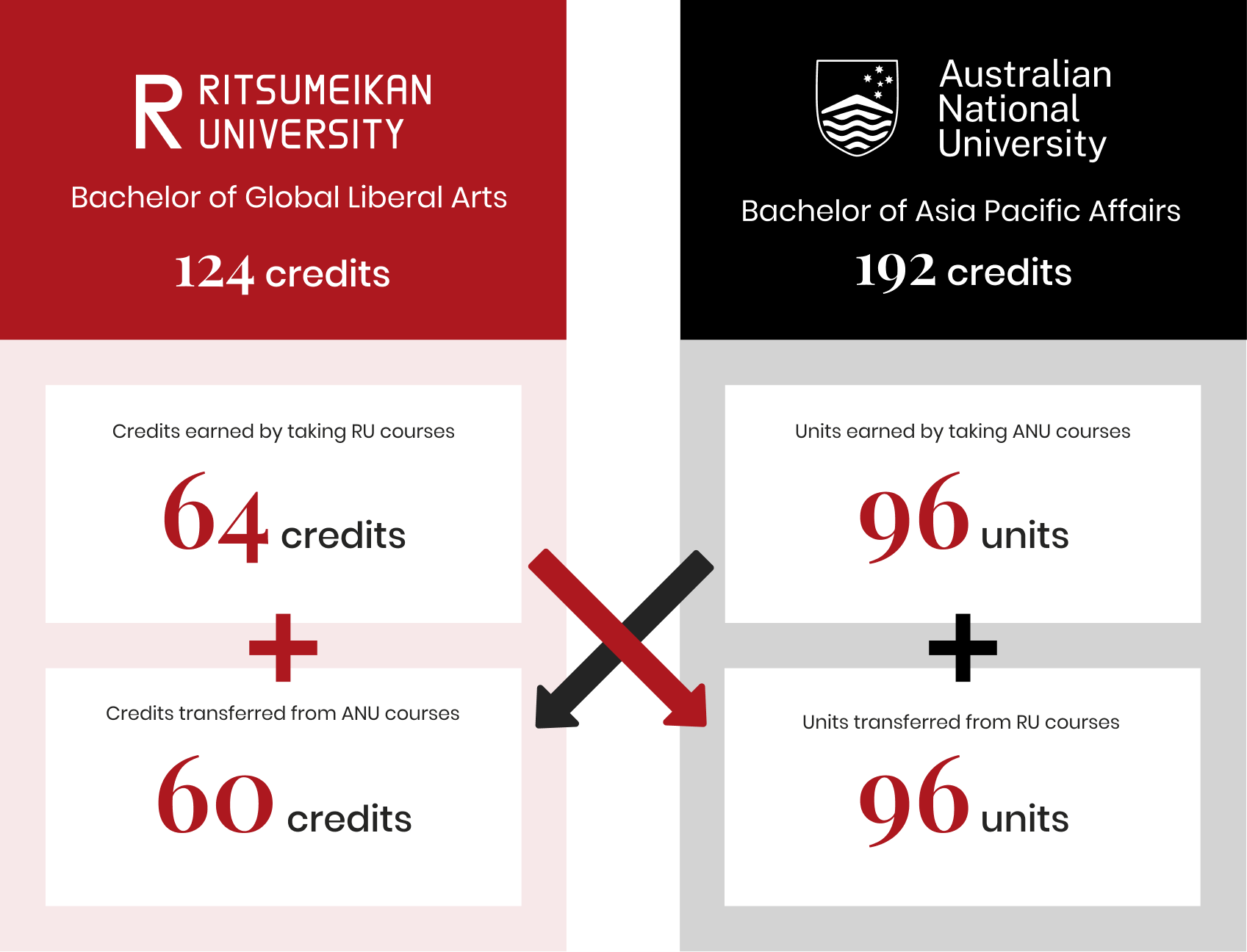
Truly International
Learning Environment
GLA admits 100 students per year, about 70% of whom graduated from high schools outside of Japan. 90 students start studying at RU and the remaining 10 at ANU. Outside of the classroom, both domestic and international students live in an on-campus dormitory. The GLA courses are taught by faculty members with research experience at universities around the world. This international learning environment helps students develop cross-cultural communication skills and carve out their future careers.
High Schools
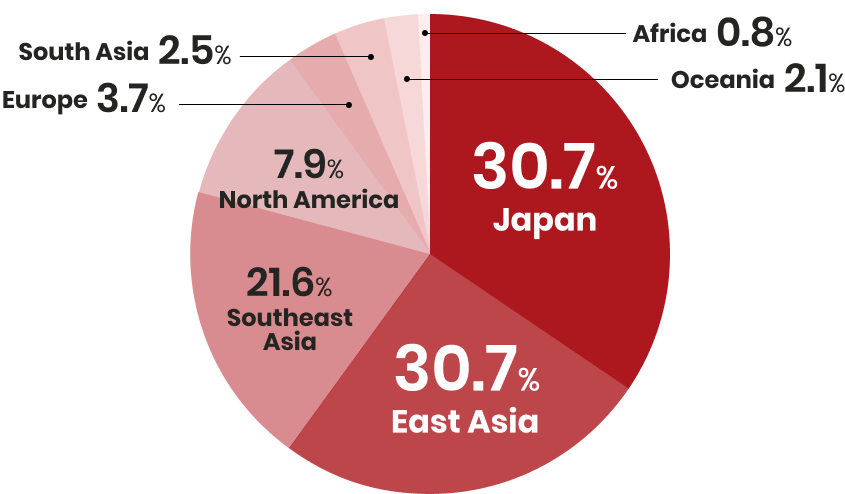
Degrees and Universities
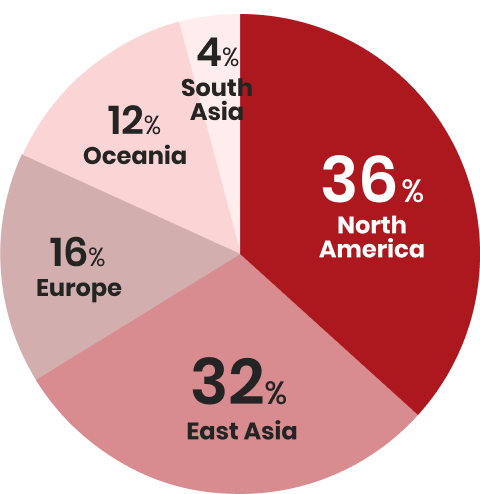


About ANU College of Asia
and the Pacific
GLA's partner, the ANU College of Asia and the Pacific, has one of the world's largest concentrations of English-speaking researchers specializing in the Asia-Pacific region. It plays an important role not only as a source of expertise on Australiaʼs domestic public policy, but also as a knowledge base for the societies, cultures, and economies of the Asia-Pacific region. Meanwhile, the Coral Bell School of Asia Pacific Affairs (Bell School for short), in which students from GLA are enrolled, is a world-leader in Asia-Pacific and international politics, society, strategy, security, and diplomacy.
QS World University
Rankings
8
in the world
for Politics
QS2024
30
in the world
QS2025
As part of the Bachelor of Asia-Pacific Affairs at ANU, students can choose courses from four different subject areas: politics and government; international relations and security; conflict and peacebuilding; and history and cultural identity.
Subject areas and course examples at ANU
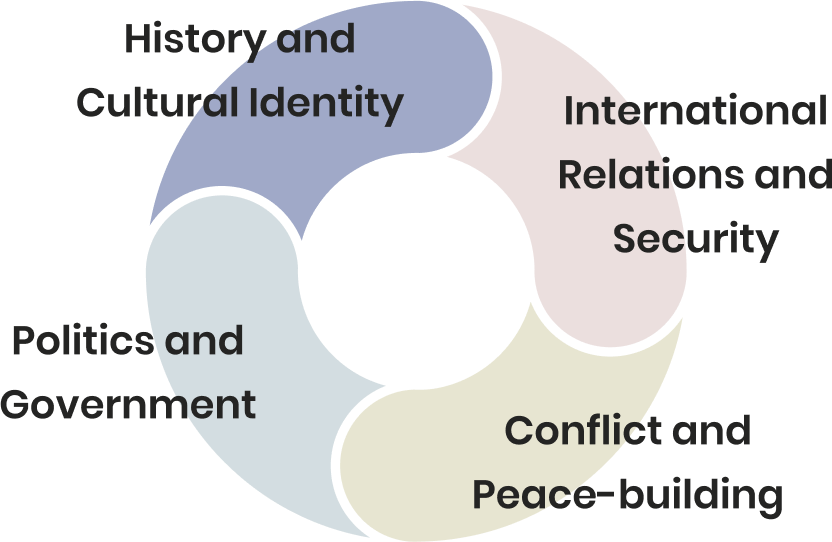
Asian Economies, Islam in Southeast Asia, etc.
International Relations in the Asia-Pacific, The Politics of Nuclear Weapons, etc.
Human Rights in Asia, Gender and Cultural Studies in Asia and the Pacific, etc.
The Politics of China, Indonesia: Politics, Society and Development, etc.
Liberal Arts education
As part of the Bachelor of Global Liberal Arts at RU, GLA provides students with a flexible yet rigorous interdisciplinary education through systematic exposure to fundamental knowledge from diverse disciplines. With an eye to their career or study path after graduation, students can freely decide the contents of their own study program by selecting courses from a wide range of options spanning the arts and sciences.
- Philosophy
- History
- Political Science
- Economics
- Sociology
- Cultural Studies
- International
Relations - Information
Science and
Engineering - Business
Management - Design
- Psychology
- Sustainable
Society - Education
- Disability
Studies - Linguistics
GLA's tailor-made learning
styles
